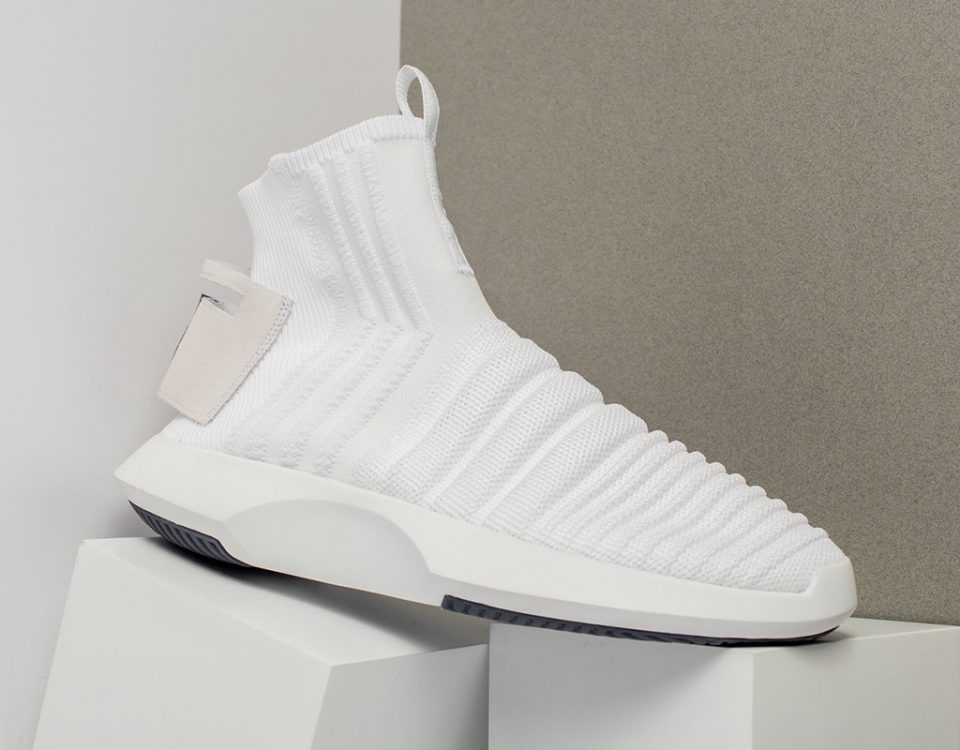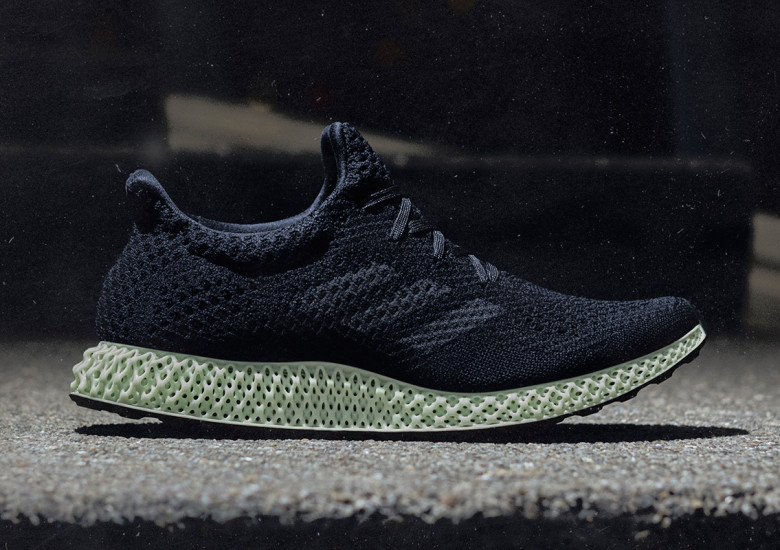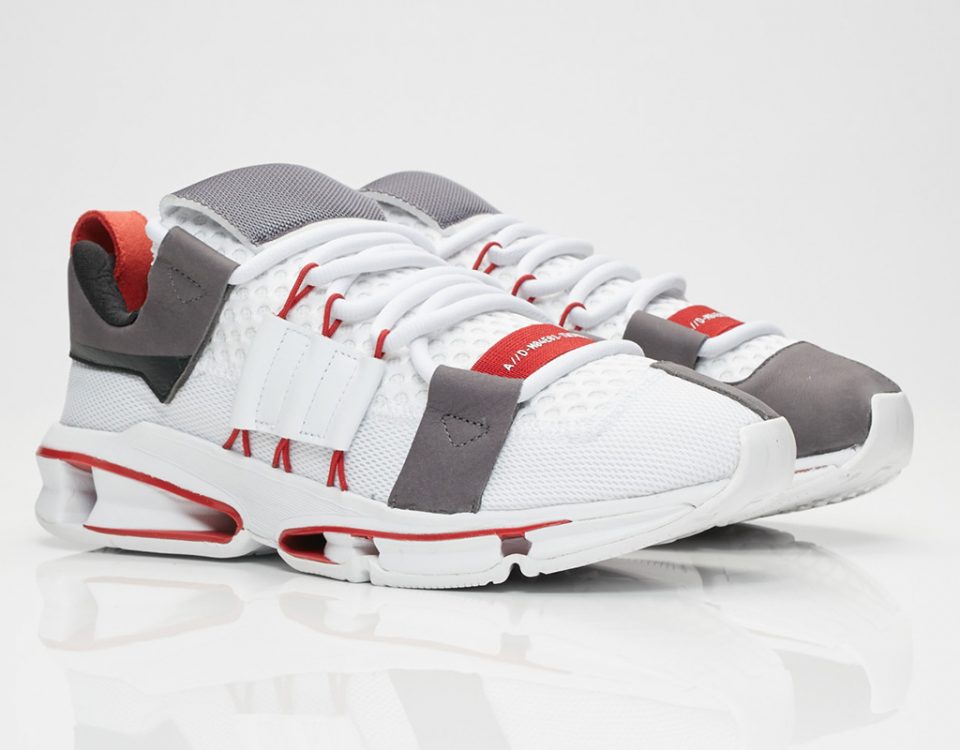Adidas figures out how to win with physical stores

Physical retail chain executives routinely fret about their brick-and-mortar stores’ inability to effectively compete against e-commerce sites, including their own. They’re right to, even though no site can ever match brick-and-mortar’s many physical attributes, including touch, smell, taste, human interactions and true immediacy.
Other than a few merchants here and there that get it — including a cosmetics chain, a shoe chain, Hyundai and a New York City shopping mall — leveraging the advantages of brick-and-mortar seems to baffle much of retail. This makes it worthwhile to take note of another rare merchant that has figured it out.
Adidas has opened a pop-up store in Berlin where scanners examine a shopper before delivering a custom-crafted sweater — in four hours.

“Inside the store, customers can design their own sweater, which is made out of merino wool and costs $215. Customers can pick up a standard size sweater or go for a laser body scan so it is custom fitted,” notes a story from The Economic Times. “To pick the design, customers will go into a dark room and stand in the middle of an illuminated box. Different patterns will be projected on the chest. The patterns can be moved around on the sweater using hand gestures, which are picked up by sensors. Customers will be able to try out several options, then look at them all later on a monitor. It’s also possible to test out different colors by putting swatches on the high-tech gadget. The sweaters are knitted on machines right in the store.”
Let’s drill into why this blows away e-commerce.
- Custom design
The custom part guarantees that this isn’t available elsewhere. It gives shoppers a reason to choose in-store. You’ll note that the “custom” isn’t limited to size/fit, since fabric and design are also changeable.
- Four-hour turnaround
The time frame is a plus for both customers and Adidas. It gives shoppers a reason to leisurely examine all other merchandise. And it forces the customer to leave and come back, since few shoppers are going to browse for four hours. That means two visits to the store from one shopper. That’s a gift to store managers.
- Entertainment, deep interactions
 Consider this line: “The patterns can be moved around on the sweater using hand gestures, which are picked up by sensors.” Is this truly necessary? Not likely. A sales associate could enter those details quite easily. But that’s the point. This gives shoppers something to do and deeply immerses them in the experience. Will this rise to the level of fun? For some it will.
Consider this line: “The patterns can be moved around on the sweater using hand gestures, which are picked up by sensors.” Is this truly necessary? Not likely. A sales associate could enter those details quite easily. But that’s the point. This gives shoppers something to do and deeply immerses them in the experience. Will this rise to the level of fun? For some it will.
But wait, you may say. There are a lot of people who would have no interest in a $215 sweater, regardless of how customized it is. That’s fine. The sensors in the dark room are still interesting and will give many shoppers a reason to stop by, even if they have no interest in buying that sweater. The store will be showcasing plenty of other items that they may want to buy.
Heck, even if a store lure is a loss-leader, if it succeeds in pulling in shoppers, it has done its job.
The similarity among all of these in-store experiences, from Adidas and the others mentioned earlier, is that they are creating highly interactive experiences that deliver a product that is likely unavailable online and use an experience that simply can’t be matched online.
If the shopper’s goal is pure efficiency — “I want exactly this and I want it as quickly and inexpensively as possible” — it’s just about impossible to beat online. So don’t try. Focus your brick-and-mortar locations on what they alone can do best and charge accordingly.
Don’t play into Amazon’s hands. It would like nothing better than to have you try to beat it at inventory depth or price. Use experience and you’ll win every time.



